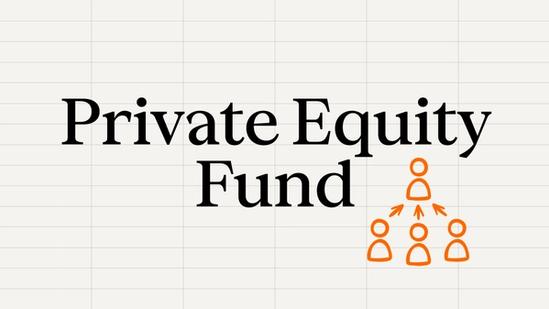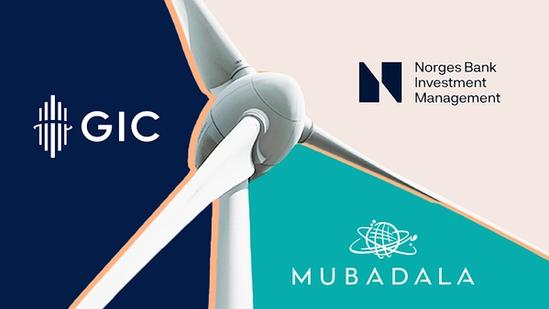What Are the Different Stages of Private Equity?


Here are the different phases of private equity, from early-stage ventures to mature buyouts, and how each stage presents unique opportunities for companies and investors.
- Companies looking for early-stage venture funding are typically startups without product-market fit. It’s a high-risk, high-reward strategy, so investors spread their capital across several startups and take a large equity stake in each.
At its simplest, private equity (PE) involves investing in companies, adding value, with the aim of growing sustainably, and making a profit upon exiting the investment. In reality, that process can look very different depending on which growth stage the company is at.
There are broadly three phases:
- Early-stage venture: Innovative startups with high growth potential, but limited or no revenue.
- Growth stage: Revenue-generating companies with proven business models looking to scale their operations.
- Mature buyouts: Established businesses with stable cash flows but clear room for growth.
Whether you’re interested in investing in PE or considering a career in the sector, it’s important to have a solid understanding of what a company looks like at each stage, their reasons for seeking funding, and the potential returns for investors.
1. Early-stage venture
Companies looking for early-stage venture capital (VC) are typically startups. While some will just have an idea, most startups seeking VC funding have a founding team, a minimum viable product, and some initial customers.
At this stage, a startup’s main goal is to achieve product-market fit – establishing strong demand for the product or service because it solves a specific problem for their target customer. To get there, they need capital, which they may use for:
- Marketing: Getting their service or product in front of potential customers.
- Product development: Iterating on their offer based on customer feedback.
- Hiring: Building a talented team capable of achieving all of this.
As well as funding, startups benefit from strategic guidance from investors, who will have supported many other companies through similar challenges. This advice is particularly valuable for first-time founders.
By the time a startup is speaking to institutional investors, it may already have raised a small amount of funding, known as pre-seed investment. This could be from the founders themselves, family and friends or angel investors. VC firms may also make pre-seed investments at this stage, as well as seed and Series A.
Early-stage venture investing is a high-risk, high-reward strategy. VC firms typically spread their capital across a number of startups with the understanding that the majority will fail, some will be moderately successful and a small number will deliver outsized returns via an exit event – usually an IPO or acquisition. To compensate for the risk involved, VCs tend to take large equity stakes in the companies they back. They also take a long-term approach, with a horizon of at least 7-10 years.
2. Growth stage
Growth-stage companies have achieved product-market fit. They have an established business model that generates consistent revenue from a growing customer base and are either profitable or close to it.
Companies may have raised some capital or be entirely bootstrapped, but they have reached a point where they need funding to unlock their next stage of growth and will be seeking anything from a Series A investment to a Series D and beyond. The funding could be used for:
- Expansion: This could be entering a new geographical market, which often demands substantial capital for setting up operations, hiring new teams and senior executives, and marketing to a new audience. It could also mean developing new products or services to tap into new revenue streams. For example, after EQT Growth invested in the online marketplace Vinted, the company used some of the funding to enter the B2B segment by launching its delivery service, Vinted Go.
- Rebranding: By the growth stage, expansions or pivots may mean a company needs to overhaul its positioning and messaging. EQT Growth portfolio company Gympass rebranded to Wellhub because it was no longer just a direct-to-consumer ‘gym pass’. Its new name better reflected what it had become: a B2B solution that supports employee well-being in areas beyond physical activity, including emotional health and financial wellness.
- Preparing for an exit: As growth-stage companies mature, they often begin preparing for a significant liquidity event, such as a strategic sale or IPO. EQT Growth’s first investment was the Finnish food delivery platform Wolt in 2021. The company was acquired by DoorDash the following year.
PE firms also advise growth-stage companies on operational issues, such as scaling, hiring top talent, and developing partnerships.
Growth investing is less risky than venture because the companies are more established, but there is still potential for strong returns by substantially accelerating the company’s growth. The investment horizon is typically slightly shorter, at about 3-7 years.
3. Mature buyouts
Typical targets for a mature buyout are long-standing, established companies. They have stable cash flows and are usually profitable. PE firms invest in them because they think they have untapped potential.
Rather than making a minority investment, as is typical with early-stage venture and growth stage, PE firms usually acquire a controlling stake in mature buyouts. This allows them to drive through the changes needed, which might include:
- Strategic acquisitions: Buying businesses, technologies, or intellectual property that can create synergies. For example, US-based talent agency UTA acquired European football agency ROOF to expand its position in the global sports market.
- Management changes: If the senior leadership team is not able to realize the full potential of the company, replacing or reorganizing them can bring in new perspectives and skills.
- Restructuring: This can include reorganizing the company, such as combining departments, to make it more efficient.
- Transformation projects: These are typically large-scale projects to improve the company’s overall performance. For example, digital transformation involves implementing new technologies to modernize operations, boost customer engagement, and create new revenue streams. For a traditional retailer, this might include investing in e-commerce platforms and digital marketing.
Of the three stages explored here, mature buyouts are the lowest risk because of the stability of the underlying asset. An established company is significantly less likely to fail than a young startup. The typical timescale for an exit is about 5-7 years, though a PE firm may also choose to hold the company and draw dividends.
PE is a symbiotic relationship. At each stage of growth, outside investment can help a company realize its potential while offering attractive returns for investors. Understanding these stages is crucial for navigating the private equity landscape effectively.
ThinQ by EQT: A publication where private markets meet open minds. Join the conversation – [email protected]



